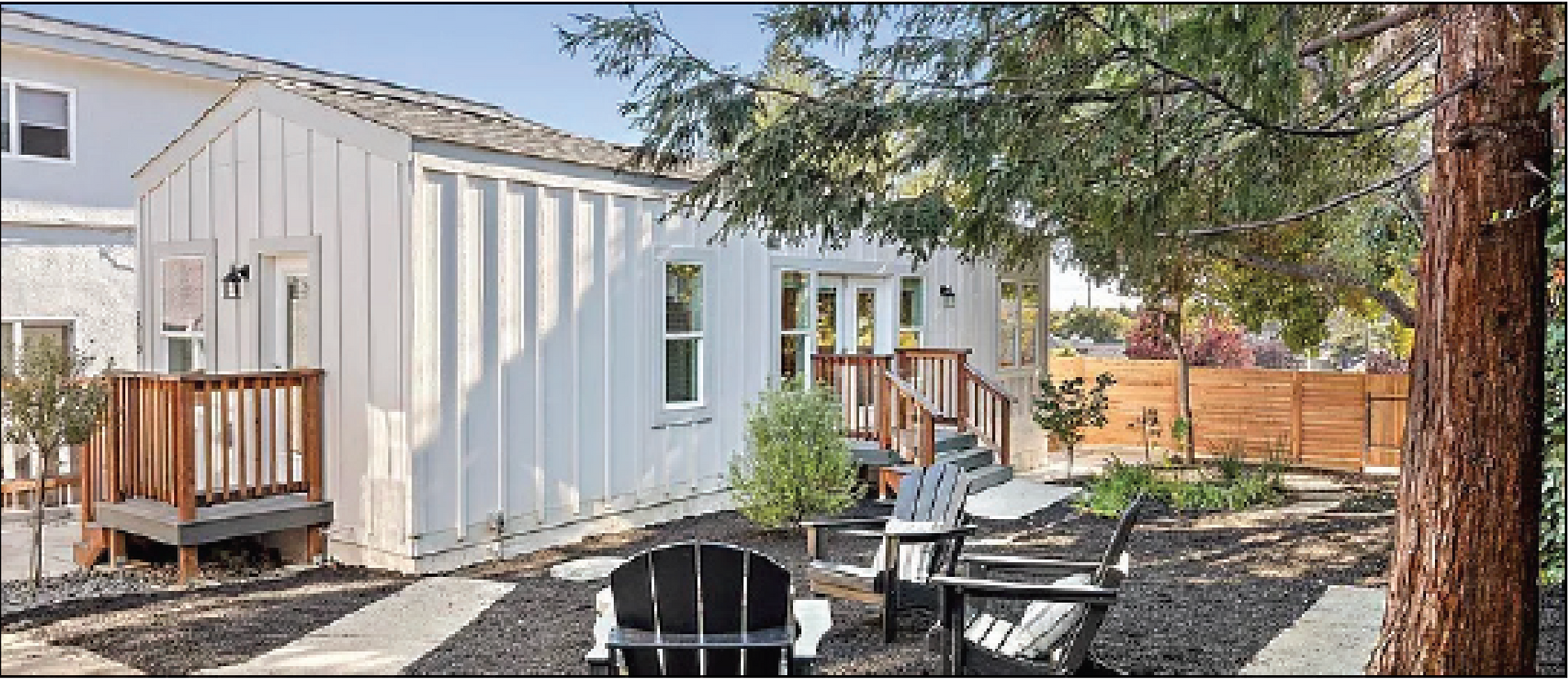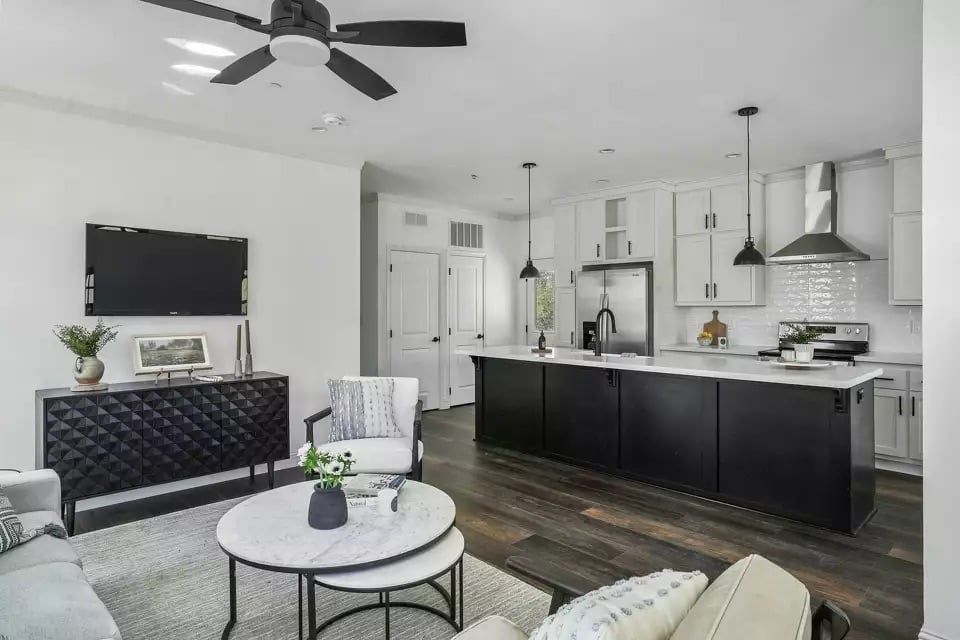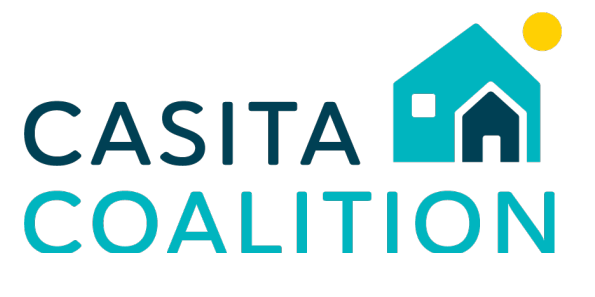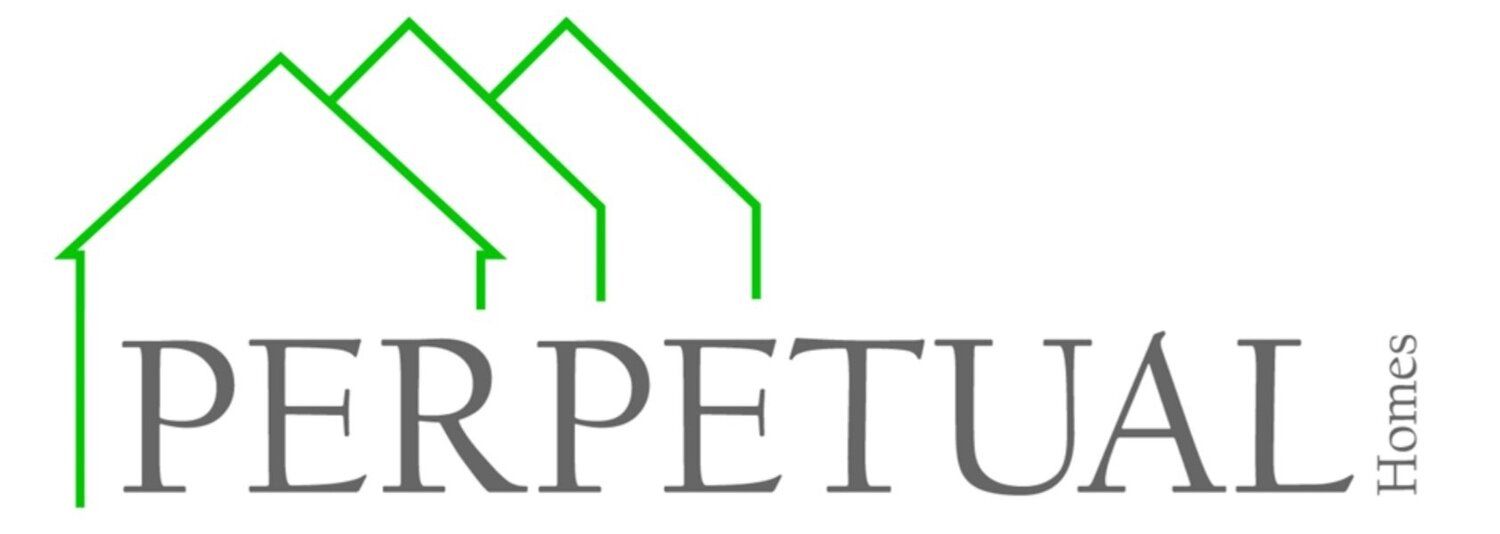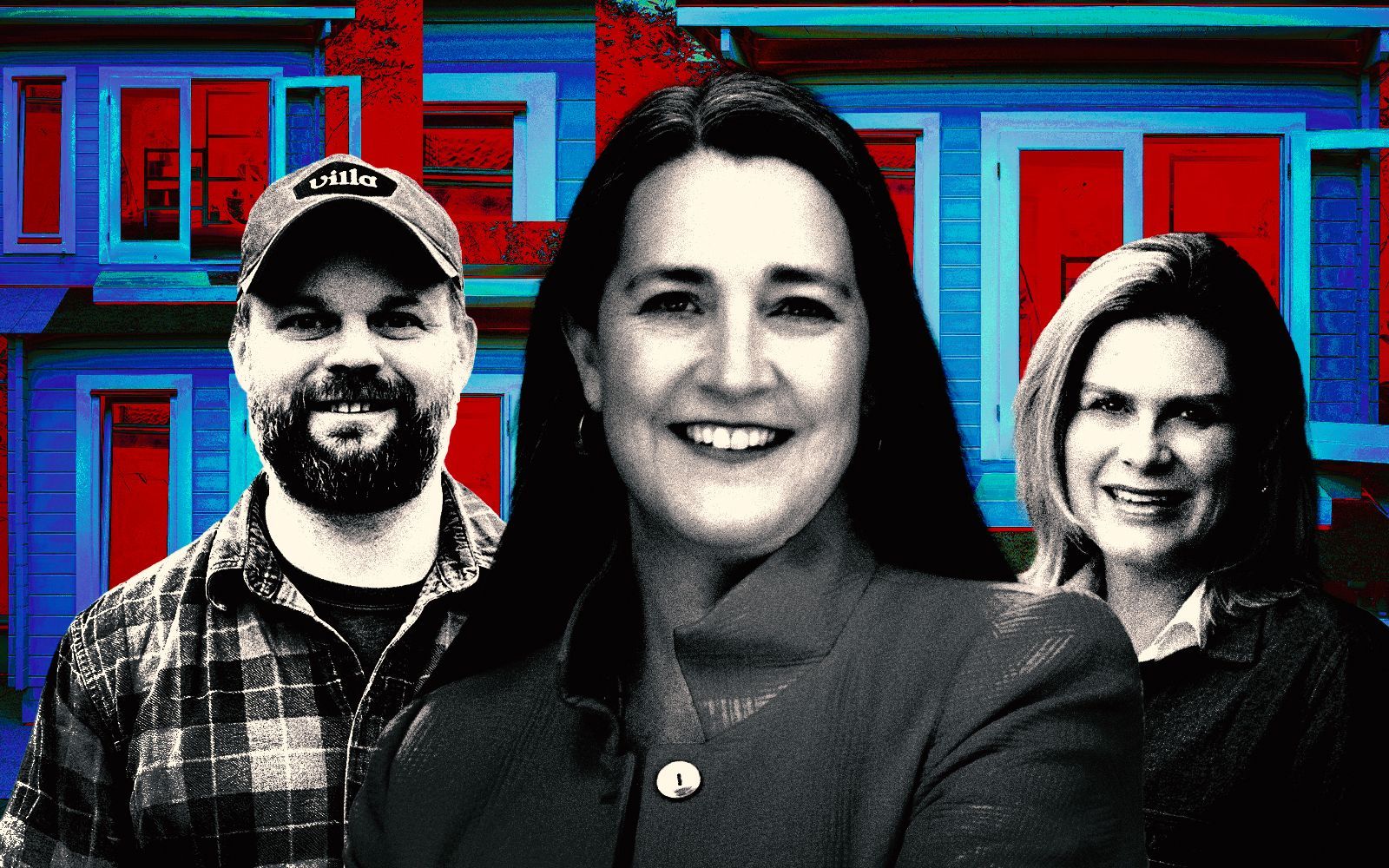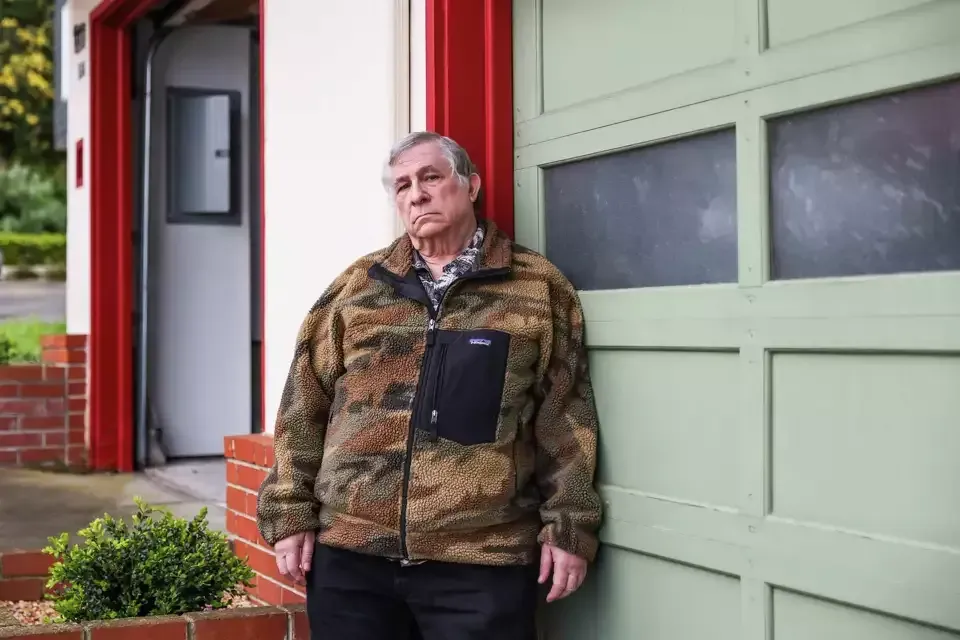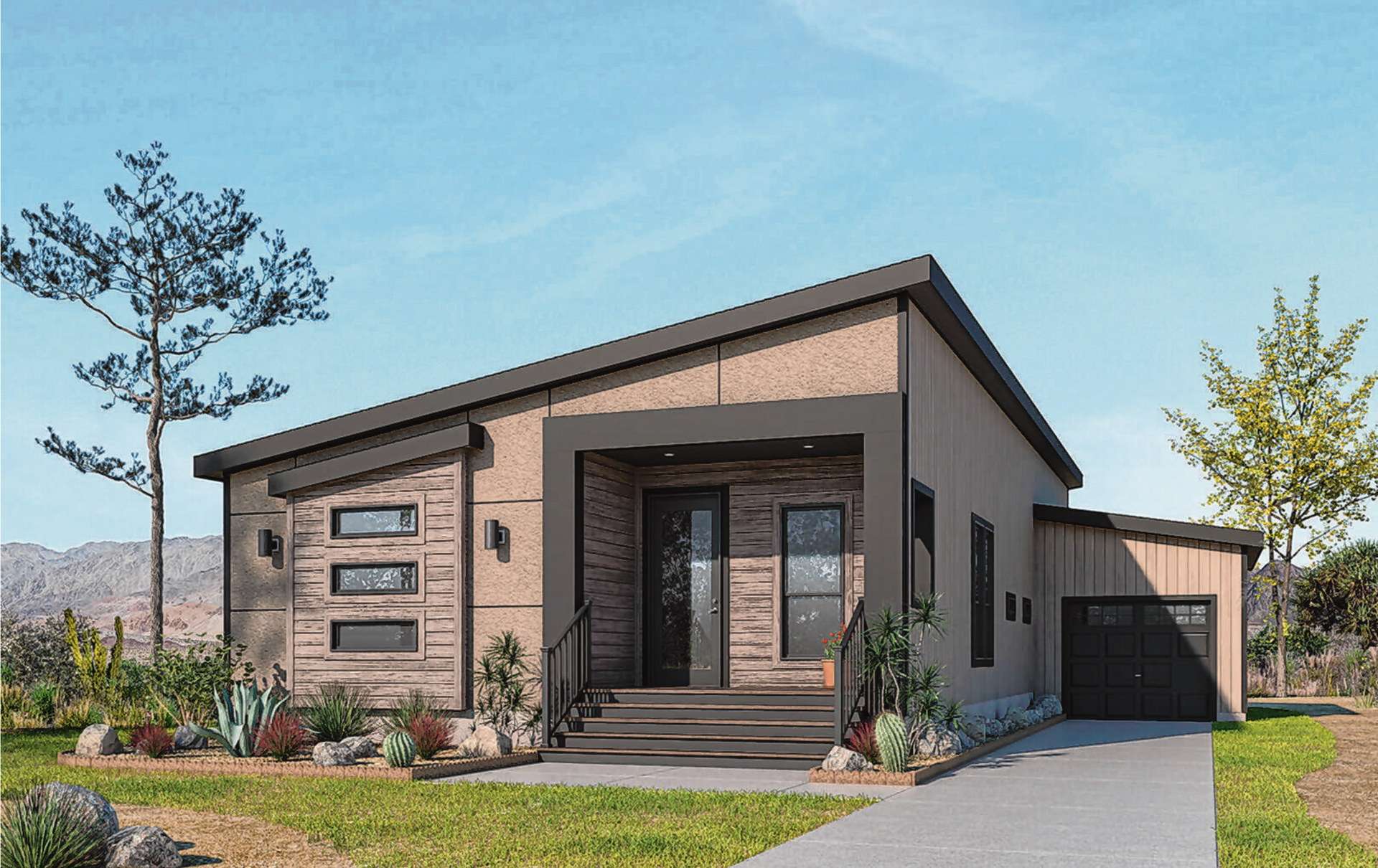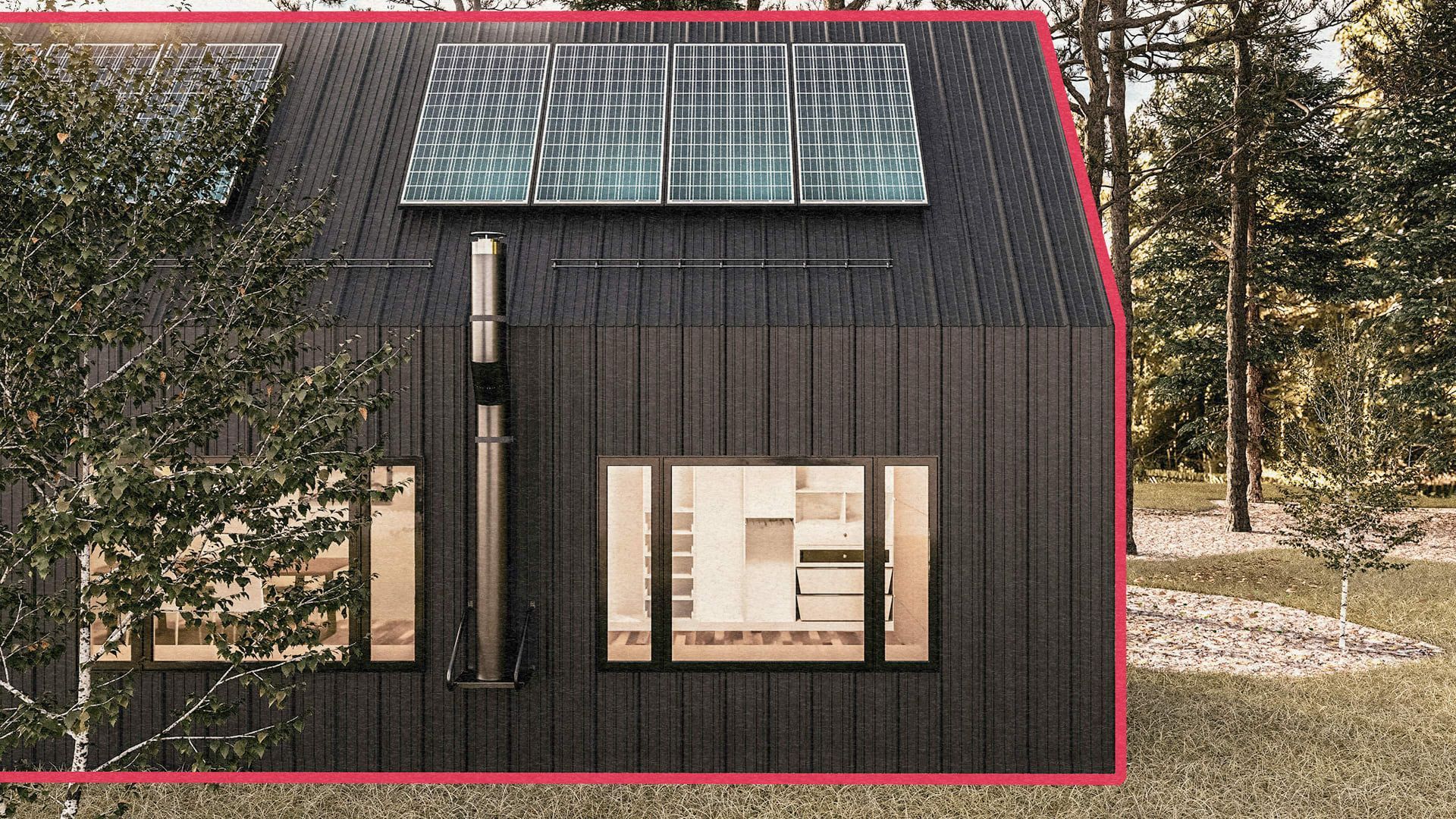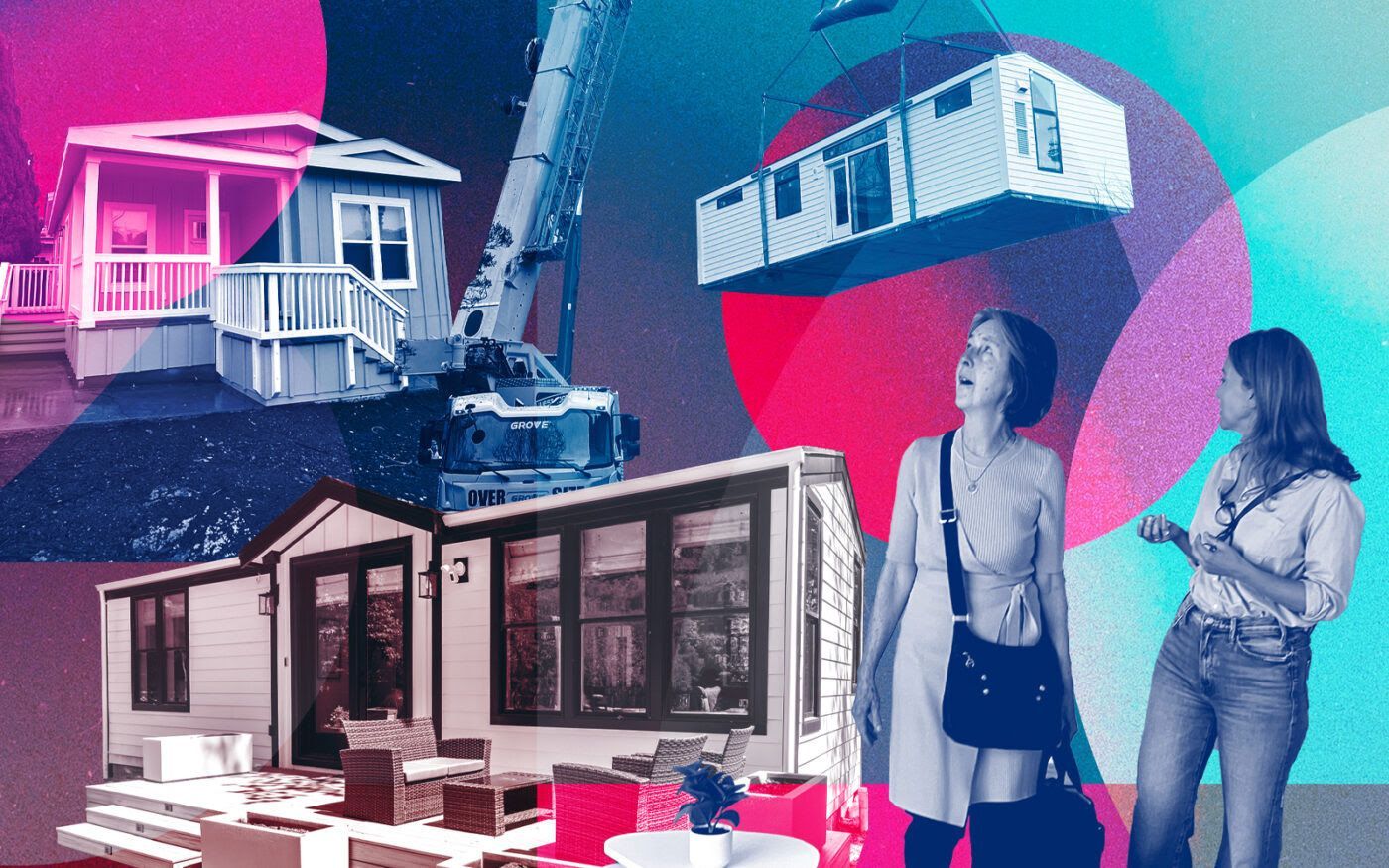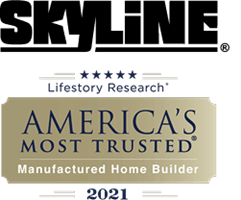ADU Construction Financing: Opportunities To Expand Access For Homeownership
Executive Summary
When a homeowner adds an accessory dwelling unit (“ADU”) to their property, they not only gain financial and lifestyle benefits, but they also help close the housing shortage in the United States with homes that typically rent at prices below the median. Though many homeowners want to build an ADU,
they are often prevented from doing so because they have difficulty financing the upfront costs. While ADUs have potential to be a tool to bridge the racial wealth gap and add financial stability for lower- and moderate- income homeowners, to date, comparatively affluent and, in many regions, whiter, homeowners have disproportionately built ADUs.
Informed by a literature review and interviews with 30+ experts in the field, this paper maps the existing ADU construction financing landscape and identifies promising financial products, barriers to their utility, and recommendations to help ensure that the benefits of ADUs are realized by all homeowners.
Of homeowners who have built an ADU, most have leveraged a combination of cash and a mortgage to finance construction. Mortgages, loans backed by real estate, are popular as they are widely available, feature relatively low interest rates, and have the potential to produce substantial cash for the homeowner to cover the cost of ADU construction. There are a few main mortgage products that homeowners typically use: 1) first lien products such as purchase loans, cash-out refinance, or renovation loans and 2) second lien products such as home equity lines of credit (HELOCs) or home equity loans. Homeowners who hold significant equity in their home are generally well served by purchase loans, cash-out refinances, and second lien loans. Renovation loans, which are sized based on the expected post-renovation value of the home, are theoretically well suited to help homeowners without significant equity but remain relatively unused.
We found that renovation loans, with reforms, may be a useful tool to enable some homeowners who are currently excluded from the financing market to build an ADU. Our team investigated renovation loans backed by government agencies, such as Fannie Mae and the Federal Housing Administration, to identify issues that reduce their efficacy for the construction of ADUs. We found three specific inhibitors:
- first, that agencies do not recognize income that an ADU may produce;
- second, that appraisals often undervalue ADUs;
- and finally, that agencies have constrictive guidelines which limit where and who can build an ADU.
Further, we identified other issues with renovation loans which help explain why they are a generally unpopular mortgage product including that they tend to be expensive for borrowers, can take a long time to close, have relatively high rates of denial, and often make finding a qualified contractor more difficult as contractors tend to disfavor projects funded by renovation loans.
Finally, we found other non-government-backed products for financing an ADU such as bridge financing, ground leases, personal property loans, and shared appreciation models that hold promise for the longer term and could be scaled up to better serve homeowners. This paper highlights these financial instruments to encourage further research and policy discussion.
